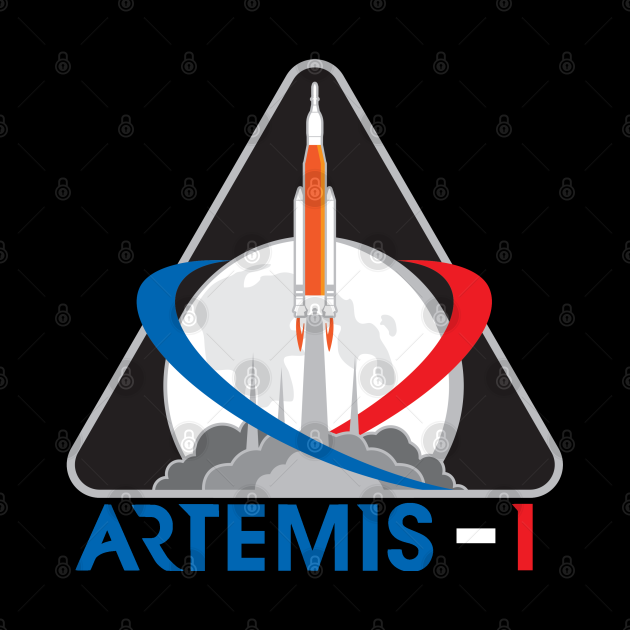


However, exposure levels in deep space and around the moon are much higher than in low Earth orbit (LEO), where the ISS operates. Aboard the International Space Station (ISS), NASA has studied the effects of microgravity and radiation on the human body for more than 20 years. Therefore, extensive efforts are taken when designing a spacecraft to protect crews and hardware from exposure. Radiation in space can have significant impacts on flight systems as well as biological ones. Nearly a dozen other active and passive dosimeters are scattered throughout the capsule as well. Many on-board experiments for Artemis 1 focused on radiation exposure, including the mannequins Helga and Zohar as part of the Matroshka AstroRad Radiation Experiment (MARE). With Artemis 1 complete and Orion back on Earth, technicians will now study the spacecraft and its systems to determine how well it performed in flight. But before those components can be installed in the Orion for Artemis 2, they need to be tested. So, the avionics boxes' removal and installation on the Artemis 2 Orion capsule will be more akin to unplugging your home office to transfer from one room to another than to ripping up your drywall to rewire your house. "There are connectors that can be demated," explained one NASA engineer to. "Non-core," in this case, refers to a subset of hardware aboard Orion, as opposed to "core" avionics, and helps differentiate between some of what will and won't be reused from the spacecraft's first flight. That task will likely be the processing and reinstallation of Artemis 1 hardware. (Image credit: NASA/Joel Kowsky)Īccording to a November 2022 report from the NASA Office of Inspector General (OIG), " Exploration Systems Development Mission Directorate considers the non-core avionics reuse to be the primary critical path for the Artemis 2 mission, with total preparation work between missions to take about 27 months." "Critical path" the report explains, "is the sequence of tasks that determines the minimum duration of time needed to complete a project." In short, Artemis 2 can only launch as soon as the most time-consuming task on engineers' checklists is complete. 16, 2022, from Launch Complex 39B at NASA’s Kennedy Space Center in Florida. NASA’s Space Launch System rocket carrying the Orion spacecraft launches on the Artemis 1 flight test, Wednesday, Nov. Related: Artemis 1 moon rocket, NASA's most powerful ever, aced its debut launch While this shortened the lull between missions, it also ended up putting a magnifying glass over the decision to reuse some of Orion's avionics. In turn, the first three flights of SLS were changed to fly in the Block 1 configuration.
#Artemis nasa date upgrade#
This move abandoned plans to upgrade the existing MLP, leaving it capable of only launching the SLS Block 1. Comparatively, NASA's estimated timeline to remove, refurbish and reinstall Orion's avionics hardware was not expected to affect the launch schedule.īy 2018, however, NASA funding appropriations from Congress and agency attempts to quicken SLS' launch cadence led to the decision to construct a second MLP to support the rocket's larger configurations. The three-year gap between EM-1 and EM-2 was meant to allow time for upgrades to the SLS mobile launch platform (MLP) to support the taller SLS Block 1B.

Avionics and electrical systems provide the 'nervous system' of launch vehicles and spacecraft, linking diverse systems into a functioning whole."Īrtemis 2, or Exploration Mission 2 (EM-2), as it was called at the time, was originally slated to fly on an SLS Block 1B rocket, a larger upgraded version of the SLS used for Artemis 1, which replaces the vehicle's Interim Cryogenic Propulsion Stage (ICPS) with the more powerful Exploration Upper Stage (EUS). A 2017 NASA blog post mentions recycling Orion's hardware, stating, "NASA is reusing avionics boxes from the Orion EM-1 crew module for the next flight.
#Artemis nasa date full#
NASA's decision to reuse some of Orion's flight hardware was made at a time when Artemis 1 was still known as Exploration Mission-1 (EM-1), and the schedule for SLS placed a full three years between the first two launches.


 0 kommentar(er)
0 kommentar(er)
